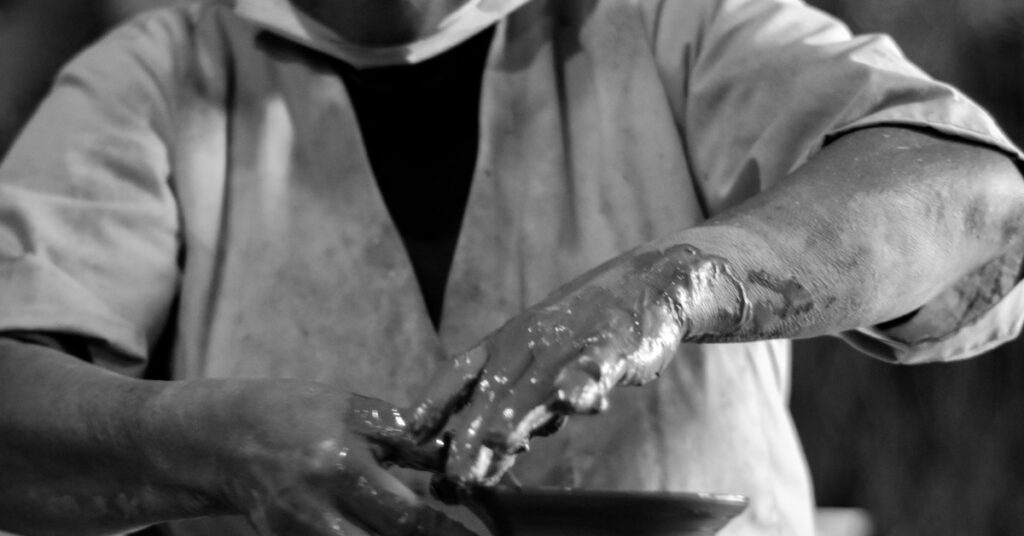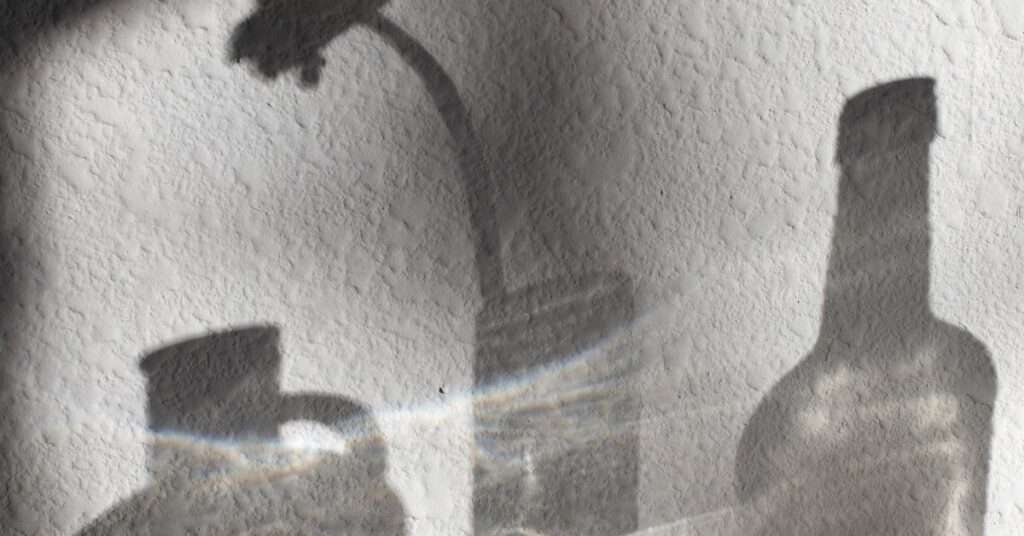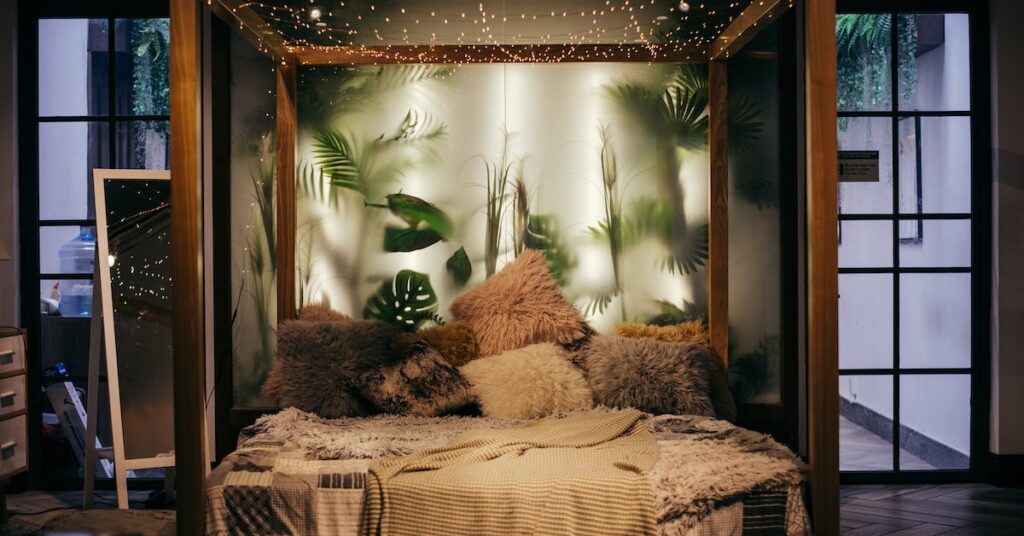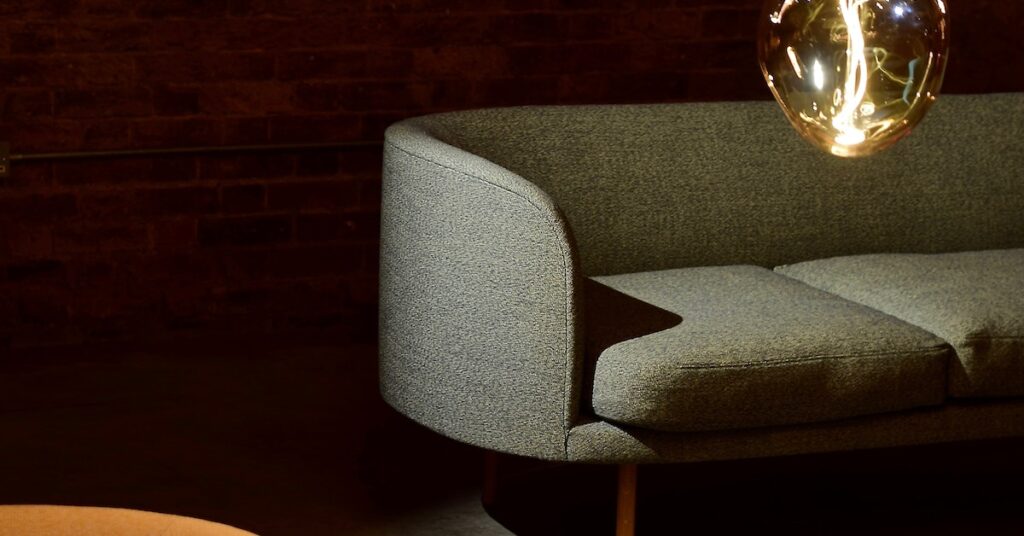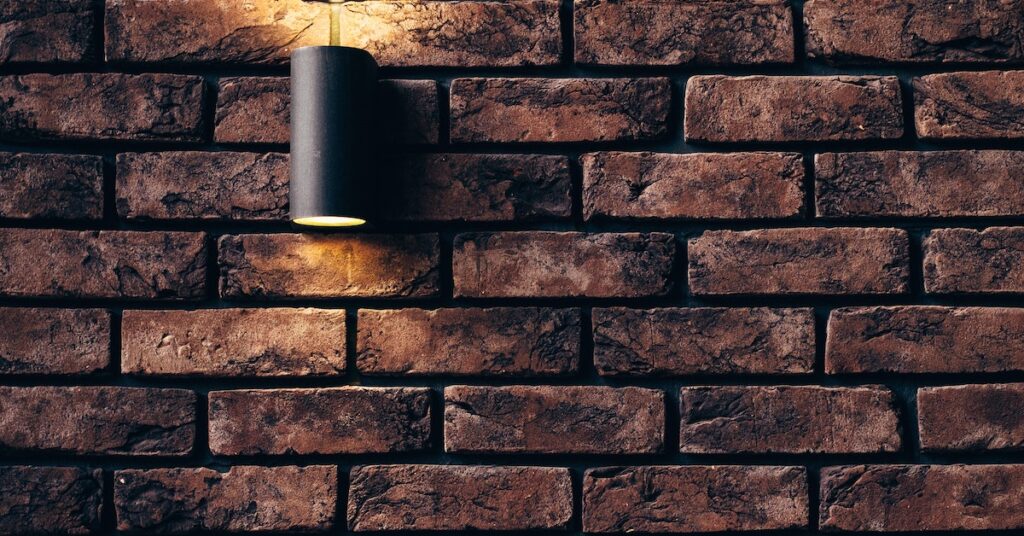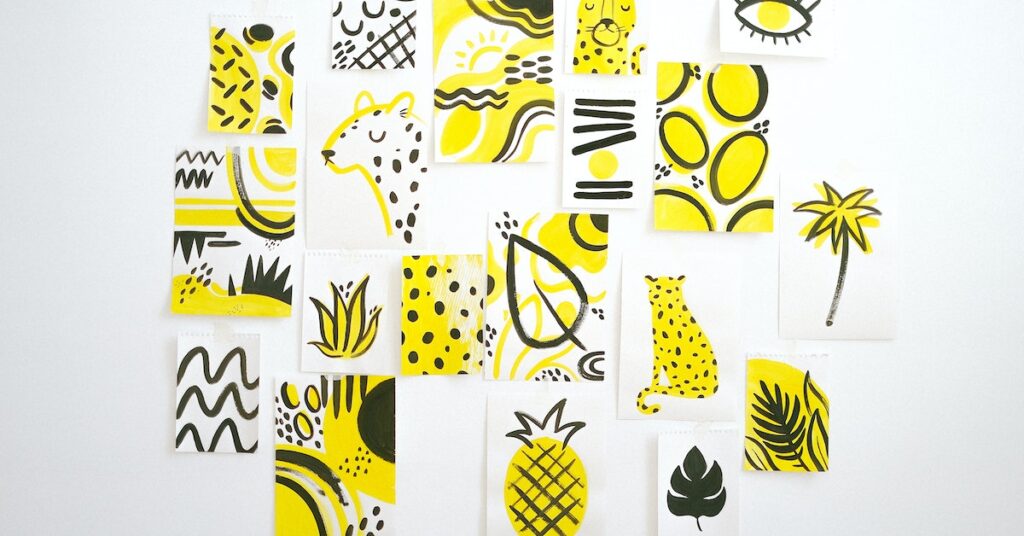Contemporary art of the Philippines is a form of art that is based on the life and times of the Filipino people. It is a way of depicting everyday scenes, which is the closest to the Filipino spirit. This art form is a reflection of the country’s cultural identity, and it is a great way to promote Philippine culture.
Anading
The conceptual framework of Anading’s work focuses on the way objects are re-configured outside of their original context. These sculptural works often use ephemeral scaffolding structures to explore themes related to the aggressive urbanization of the Philippines. His installations also use a strong site/insight play.
Poklong Anading is an award-winning conceptual artist who creates paintings, video, installations, and sculptures. She was the first Filipino to receive an Ateneo Studio Residency Grant in Australia, and in 2006, she was given the 13 Artists Award by the Cultural Center of the Philippines. Her most recent exhibition, Hit Or Miss Is a Hit, recently concluded.
Poklong Anading is a pioneer in the field of multi-media art in the Philippines. She began by working on experimental video projects, but over the years, she has expanded her practice to incorporate installation and other media. Her work often makes use of discarded objects gathered in various parts of Manila. Many of her concepts are based on interactive processes, giving the viewer the opportunity to participate in the process.
Kawayan de Guia is another acclaimed artist who produces art that explores social and political issues of contemporary Filipino society. She is also interested in using found objects and transforming them into a part of the collective memory of Filipino culture. She has completed several residencies and received the Philip Morris Asian Art Award in 2003. She was also awarded the Ateneo Art Award for Visual Art in 2011.
The Philippine contemporary art scene is a dynamic one. The locality has transformed dramatically from the alternative spaces and collectives of the 1990s to a sophisticated and independent practice. In addition, the local art market has expanded to take part in the global art market.
Concepcion
The works of Ernest Concepcion are abstract reflections of Philippine history, social issues, and the human experience. He uses a variety of techniques and styles in his works, which challenge viewers’ preconceptions about art. Concepcion splits his time between Brooklyn and Manila. His work is currently included in the group show WORD at the Corridor Gallery in Brooklyn.
Pettyjohn’s work was influenced by her parents’ art and her own life experiences as a Filipino-American. His paintings often have a figurative element, and he also incorporates sculptural works into his work. His work evokes memories and themes of impermanence, which speak to the anxieties of a new generation of individuals.
Villamiel uses a wide variety of mediums to create his work. His works often incorporate found objects and make them into installations. He began his art career much later in life, while working as a set designer for television, a leather-bag maker, and a t-shirt company owner. In 2006, he held his first solo exhibition.
The artist has collaborated with local governments to create projects in the Philippines. In Paoay, Ilocos Norte, for example, he transformed discarded water tanks and cement fountains into a post-apocalyptic park. Another project, titled Pasig River, was funded by the Burning Man Global Arts foundation. The project involves floating installations on the Pasig River, one of the most polluted waterways in the metropolis. In the process, the artist aims to challenge our perceptions of the environment.
Pasilan is a self-taught artist who has achieved success in the art world. He studied at the University of Santo Tomas Fine Arts and has been a part of several group shows and solo exhibitions. His work has been shortlisted for the Ateneo Art Awards.
Merino
Merino’s work is laden with evocative imagery. Reminiscent of shanties, claustrophobic spaces, and small stitched patches, his work is a poignant commentary on politics in the Philippines. It might even be indicative of the artist’s subconscious.
The artist has been influenced by Philippine folklore and culture. He has a wide collection of local artifacts, which are woven into his textured abstract paintings. His work is also a reflection of the offbeat perspective on contemporary Philippine society. In the process, he recycles used materials.
A number of Philippine artists have successfully staged solo exhibitions in the United States. A number of Filipino-American artists have also staged solo shows at prestigious American institutions. However, the process of embracing and celebrating diversity has been hampered by corporate interests, which are incompatible with progressive politics.
Ged Merino is a multi-media Filipino-American artist based in New York. His most recent solo exhibitions were in 2014, and he was chosen for the Singapore Art Stage. He also co-founded Bliss on Bliss Art Projects in New York, where he and his wife Carolina Morales present experimental works by contemporary artists.
Merino’s work incorporates hundreds of pairs of discarded shoes wrapped in fabric. The project is part of a collaboration with a nonprofit organization in New York. The artist plans to donate the wrapped shoes to those affected by the typhoon Haiyan. Merino credits her interest in fabric to her mother.
The art exhibit was difficult to stage due to lack of funds. But with the help of the support of family members and the Filipino art community, it was made possible. She invited notable Filipino artists such as Alfredo and Isabel Aquilizan, Lav Diaz, Jessica Hagedorn, and Ninotchka Rosca to participate. Applicants were evaluated by Ged and a committee of artists. The artists are not paid a commission for their works, but are asked to cover expenses for reception and other related activities.
Villamiel
Villamiel’s work is multi-faceted, combining painting, installation, and mixed media. His work often makes use of salvaged objects, which he reassembles as traces of social reality. His works often feature cages filled with artifacts gathered from around the country. Some of his pieces are large-scale, and many depict social commentary.
In one installation at the Singapore Art Museum, the viewer walked through a lane lined with doll heads propped on bamboo poles. The viewer then entered a bahay kubo that was lined with smiling dolls. They had been rescued from a dumpsite in the area, and the walls were covered with them. Some of the dolls were missing limbs or arms, while others were missing their hair.
A multidisciplinary artist, Villamiel studied at the University of the East and then worked as a set designer for television shows. He was also a leather bag craftsman and a t-shirt business owner before embarking on his art career. Since then, he has held several solo exhibitions and continues to exhibit internationally.
Mark Salvatus is another contemporary artist from the Philippines. He has won the Ateneo Art Awards in 2010 and was recently named one of CCP’s 13 Artists for 2012. He has exhibited in numerous galleries in the country, including New York, Toronto, Canada, and the Netherlands.
David Medalla is another important name in Philippine contemporary art. The young artist was born in Montalban, Rizal, but studied abroad at the Parsons School of Design in New York and at the University of Helsinki in Finland. His work stretches the boundaries of art and has influenced the country’s contemporary art scene. He has won several awards for his work and is widely admired internationally.
Cabrera
Carlos Cabrera is a Filipino artist, and his work is exhibited in galleries and museums across the United States, Europe, and Asia. His first exhibition was held in the Indigo Gallery in Mabini in 1965. Since then, his works have been featured in exhibitions in New York, Los Angeles, Paris, Tokyo, and London. The artist has lived in London for much of his professional career. He was awarded the Order of National Artist for Visual Arts.
The 1960s were BenCab’s formative years. He met his wife Caroline Kennedy while living in the Philippines and eventually married her in England. They have three children together. While he struggled to establish himself as a painter in London, he was able to sell his artwork to several celebrities, including the actress Glenda Jackson. In 2006, he was also named National Artist for the Visual Arts by the Philippine government. In 2009, he received an honorary Doctorate of Humanities.
BenCab’s work is highly collectible. He is one of the most sought-after artists of his generation. His works sell like hotcakes, and collectors often rush to purchase them well before they are completed. BenCab’s name is a self-styled pseudonym for Benedicto Cabrera.
BenCab’s oeuvre encompasses paintings, sculptures, and graphic arts. He is widely regarded as a pioneer in Philippine art. His figurative works often depict flowing fabrics. He was inspired by his elder brother Salvador Cabrera, and began painting on walls when he was seven years old. After finishing school, he became an illustrator for a national newspaper.
BenCab’s work draws inspiration from Filipiniana prints and photographs from Europe. The ‘Larawan’ series is a nod to the artist’s nostalgic feelings for his homeland. In these paintings, he uses colour to draw parallels between the past and the present.
